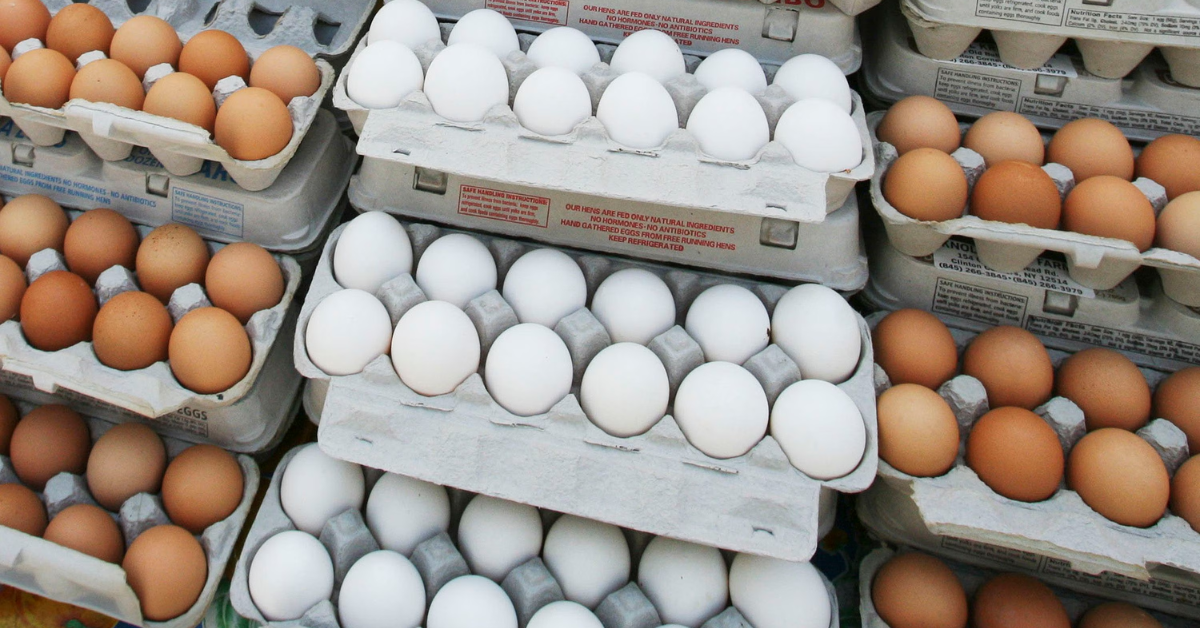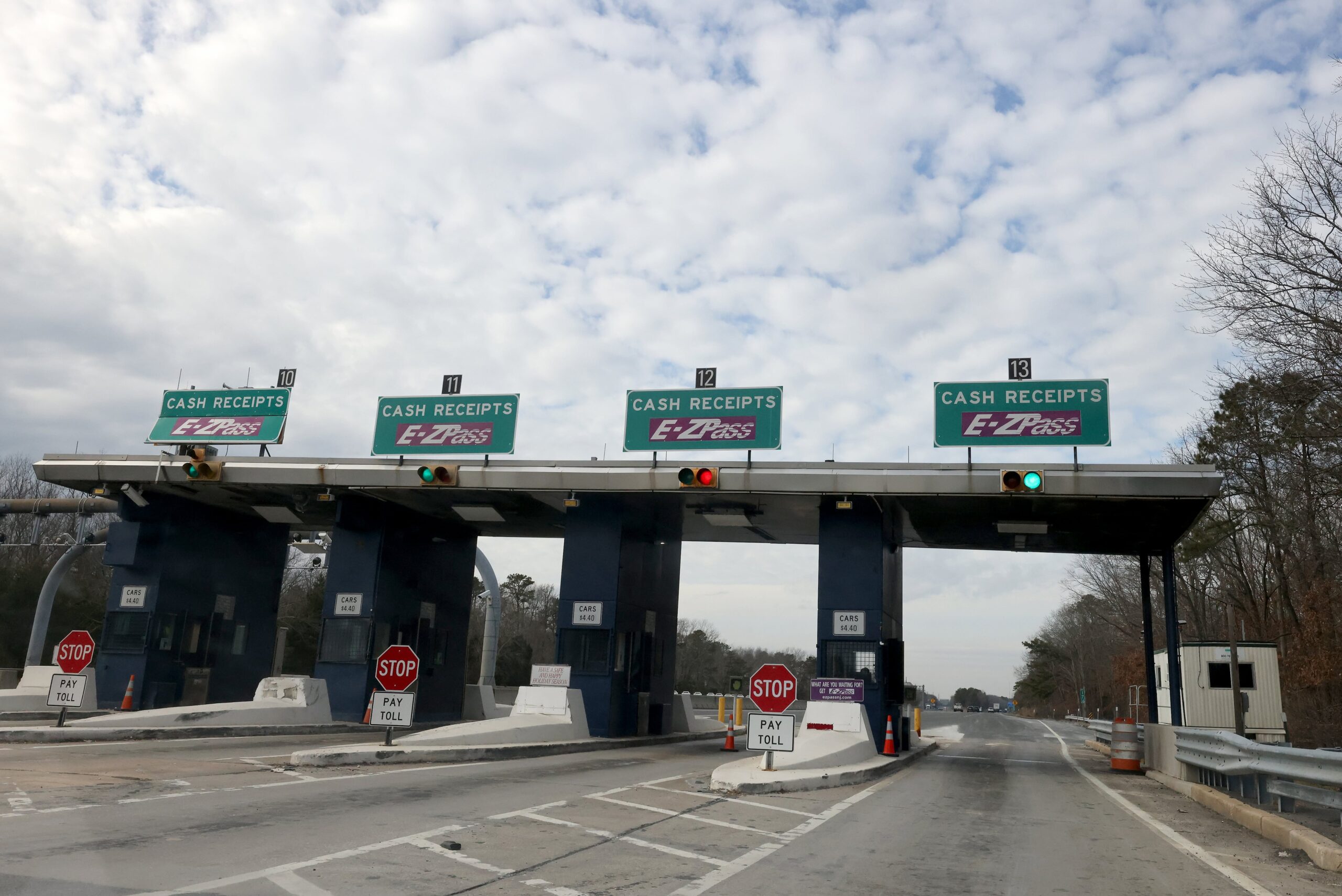Arkansas residents are grappling with a significant increase in egg prices, a trend mirrored across the United States. The primary driver behind this surge is a widespread outbreak of Highly Pathogenic Avian Influenza (HPAI), commonly known as bird flu, which has severely impacted poultry populations and disrupted egg supplies.
The Impact of Avian Influenza
Since February 2022, HPAI has been detected in over 1,400 flocks nationwide, affecting nearly 150 million birds. In January 2025 alone, more than 19.63 million birds were impacted, including 71 commercial and 43 backyard flocks. The U.S. Department of Agriculture’s Animal and Plant Health Inspection Service (APHIS) has been actively monitoring and reporting on these developments.
The virus has led to the culling of millions of egg-laying hens to prevent further spread, resulting in a tightened egg supply. This reduction in supply, coupled with sustained consumer demand, has driven prices upward.
Current Egg Prices
As of December 2024, the national average price for a dozen Grade A eggs reached $4.15, up from $2.51 in December 2023. In Arkansas, prices have mirrored this national trend, with local grocery stores reflecting these increases.
Consumer Behavior and Market Dynamics
The surge in prices has also influenced consumer behaviour. Concerns over availability have led to increased purchasing, further straining the limited supply. Jada Thompson, an associate professor and poultry economist with the University of Arkansas System Division of Agriculture, noted, “We see the egg prices, and then consumers are responding. There’s a bit of people buying all the eggs because they’re concerned about the availability.”
Cyclical Nature of Egg Prices
Experts suggest that the current spike in egg prices may be temporary. Historically, egg prices have exhibited cyclical patterns, often influenced by factors such as disease outbreaks, seasonal demand, and production costs.
Thompson explained, “The same similar thing happened at the end of 2022 and into 2023. What you have is very tight supply. We were down about 3 percent in egg layer supply at the time and we’re down about 3 percent in supply right now.”
Industry Response and Future Outlook
The poultry industry is actively working to replenish flocks and restore egg production levels. However, this process takes time, as farms must ensure biosecurity measures are in place to prevent further outbreaks. The U.S. Department of Agriculture (USDA) continues to monitor the situation and provides regular updates on egg market conditions.
Consumers are advised to stay informed through reliable sources and to understand that current price increases are part of broader market dynamics influenced by both biological and economic factors.
Conclusion
While the recent surge in egg prices presents challenges for consumers and businesses alike, understanding the underlying causes can provide perspective. As the industry adapts and recovers, it is anticipated that egg prices will eventually stabilize, reflecting the resilient nature of agricultural markets.
Disclaimer: This article has been meticulously fact-checked by our team to ensure accuracy and uphold transparency. We strive to deliver trustworthy and dependable content to our readers.








